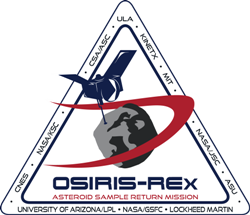Checkout The OSIRIS-Rex Asteroid Sample Return Mission
Asteroid Touch-And-Go
The OSIRIS-REx spacecraft is a unique sample return mission to the carbonaceous asteroid Bennu which is also a potentially hazardous asteroid that may hit Earth late next century. The asteroid's sample may help answer questions about how the solar system formed, help identify its composition to refine its orbital predictions and it may even shed light on its potential resources for future space missions!
OSIRIS-Rex Fast Summary Facts
- Type: Orbiter
- Destination: Asteroid 101955 Bennu
- Status: Active
- Launch Location: Cape Canaveral, Florida
- Launch Date: September 8th 2016
- Bennu Arrival Phase: August 17th 2018
- Sample Return To Earth: September 2023
- Mission Duration: 7 Years
Interesting Facts About The OSIRIS-Rex Mission!
- The OSIRIS-REx name stands for Origins, Spectral Interpretation, Resource Identification, Security, Regolith Explorer. OSIRIS-Rex was much shorter!
- The 500 m diameter asteroid Bennu was selected, not only because of the need to learn more about a potential near-Earth object (there is an estimated 1-in-1,800 chance of hitting Earth in the year 2170), but also because the asteroid is believed to be comprised of pristine carbonaceous material!
- OSIRIS-REx’s key science objectives are to map the asteroid, collect information for more accurate orbit calculations (e.g. even the influence of the Sun’s light pressure) and to collect and return a sample of the surface material.
- The spacecraft is a compact box-shaped probe with a length of 2.4 m (8 ft), a width of 2.4 m (8 ft) and height of 3.1 m (10.3 ft) and will be powered by two solar panels.
- The launch of OSIRIS-REx occurred on September 8th 2016 atop a ULA Atlas V rocket.
- After a 2 year cruise to the asteroid, the spacecraft will spend 505 days mapping the surface from a low orbit of approximately 5 km (3.1 mi) to study the asteroid and identify the best sample location.
- To collect the sample, the spacecraft will descend very slowly, once contact with the surface is detected a burst of nitrogen gas will be released which should result in surface material being collected at the end of the robotic arm. OSIRIS-REx will then initiate a safe departure from the asteroid. If required 3 sample attempts can be performed!
- It is hoped between 60 to 2,000 grams will be collected in July 2020 and returned to Earth three years later.
- The cost of the mission will be approximately US$933.5 million including the launch costs. Wow, that’s an astronomical amount!
I don’t know about you, but I can’t wait for OSIRIS-REx to arrive and start beaming back cool images of this fossil of the early solar system!
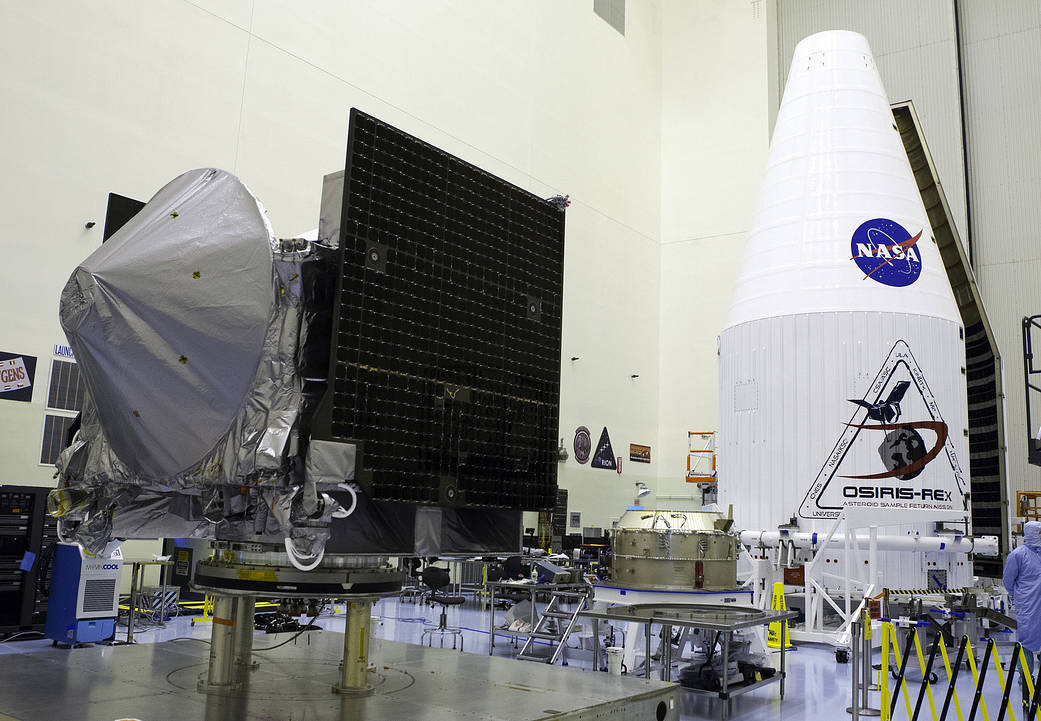
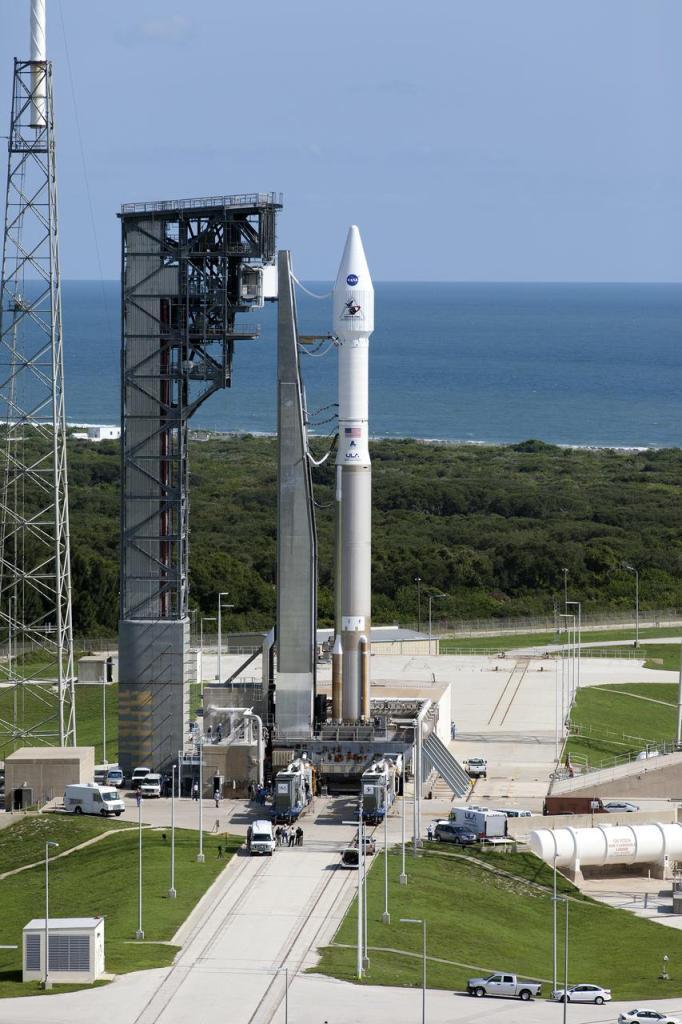
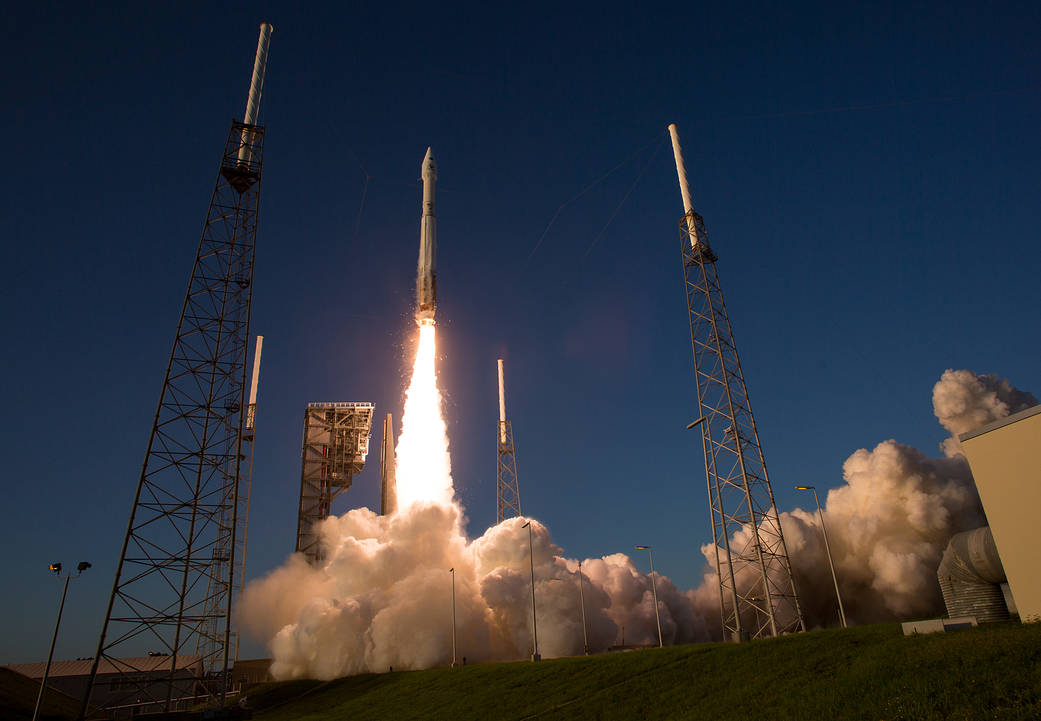
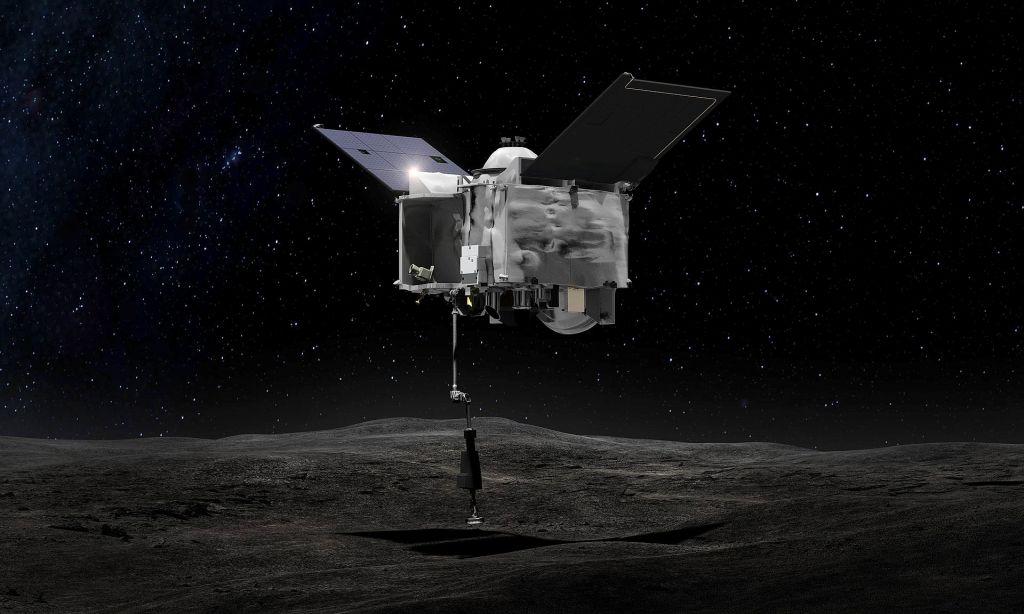
OSIRIS-REx Readied
Ready to Launch
OSIRIS-REx Launch
OSIRIS-REx Samples

